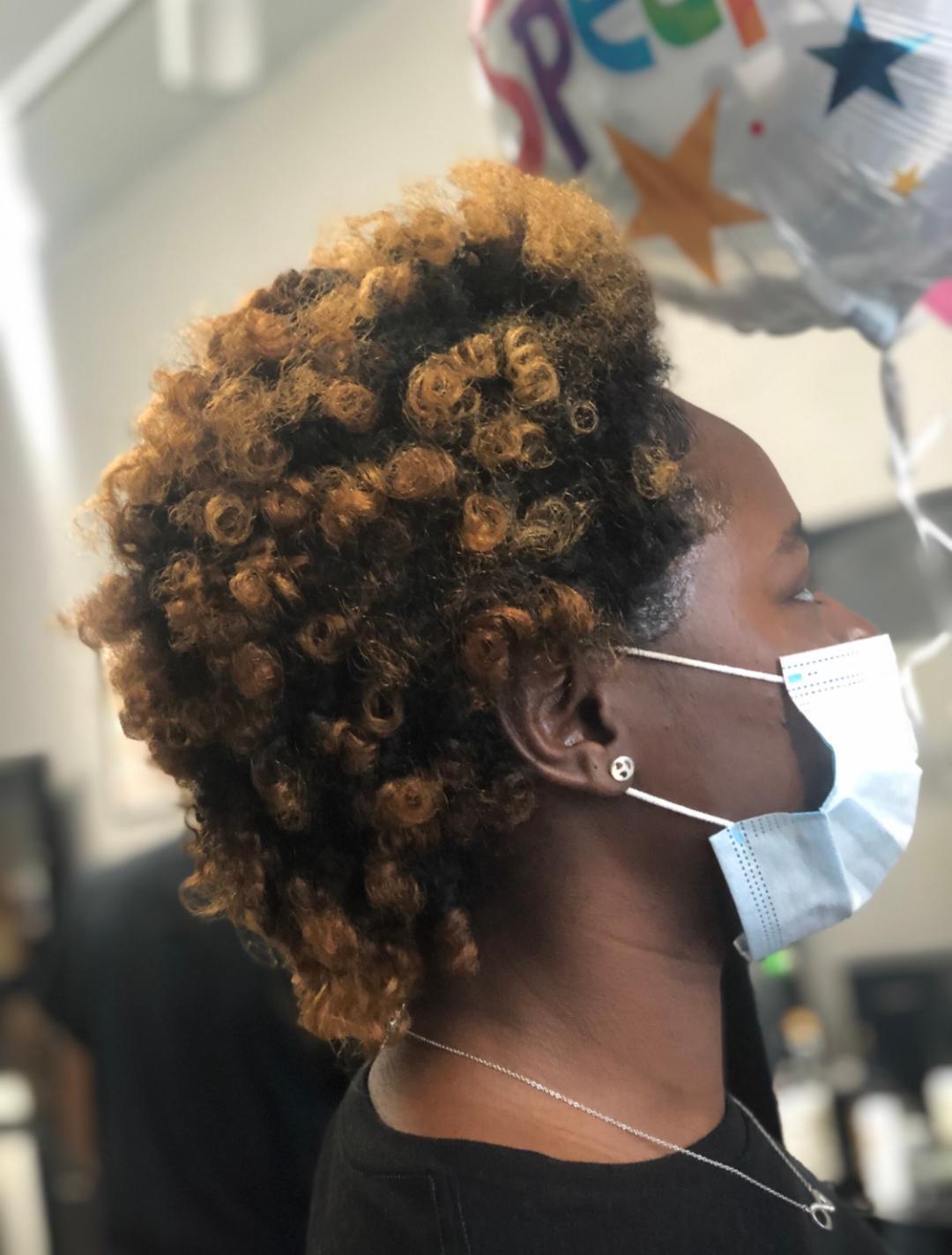The biggest misnomer in textured hair is the attempt to classify it. Currently there are three hair classification systems that are being used. The first and the original is the Hair Mapping System by Mr. Andre Walker, Oprah’s former hairstylist. Next on the scene is the L.O.I.S Scale System. This system uses letters to represent, capture or describe the various textures of hair. For example, L represents the bend in hair, O represents curly textures, I represent straight hair and S represents wavy textures. The N.K.O.T.B (new kid on the block) of hair classifying systems is FIA (not quite sure what it stands for). Basically, FIA Hair Mapping System is a combination of the Andre’s Hair Mapping System and the L.O.I.S System; but of course!
The misnomer of attempting to classify all human’s hair textures is like trying to classify the various colors, shapes, lengths and sizes of Poaceae (po-ay-cee), also known as grass. Dude, it ain’t gonna happen. For the record, Britannica’s encyclopedia estimates there are approximately 12,000 grass species that covers the 20% of land mass on the entire earth. And in that approximation of 12,000 grass species, 10, 000,000,000,000 blades of grass cover this 20% of earth’s land mass; thus, affording each individual human 418 million of grass blades who are still living. This amount changes drastically considering how much grass dies off and species become extinct. That goes to show you how unique hair truly is when using the grass comparison. Yes, it is that magnanimous!
Therefore,
classifying any texture of hair is futile. Like grass, the best we can do is understand
the various textures of found on human’s heads is to learn its science and care
for it accordingly.
The science of
hair on all humans is simple. Hair textures are genetically assigned. Our
genetics are influenced by diet and environment. The color of person’s skin is
about as good as a determinant of its textures as color is to the grass. Not
gonna happen. Grass varies in colors just like human. Versus the Walker,
L.O.I.S and FIA system to understanding hair textures, use the K.I.S.S principle.
Keep it simple sweetie.
Due to the misunderstanding
of textured hair, coily, kinky, nappy and Afro hair is catching the most flack.
Liken to the brown paper bag test of the early to late 1900’s, hair mapping and
typing has to go. With the exception of Andre Walker who created his system to
help buyers navigate through his array of hair care products, the creators and
users of the L.O.I.S and FIA hair mapping and typing systems is difficult to translate
and use per the consumer, manufacturer, clinician, doctor, educator and hair stylist.
These systems are not universally sound to humans with hair, humans who care
for hair and humans who teach about hair. There is too much debate around Walker’s,
L.O.I.S and FIA’s hair mapping and hair typing systems. Why? Because there is
always someone who will say, “My hair does not fit into either of those hair
classifying systems.”
So, to be universally
sound to all who have hair and are involved with caring for hair, let’s take a
play from taxonomists. Hair care is like grass (lawn) care. 4c now has a new
meaning for humanity: culture, cleansing, conditioning and combing.
Culture: The
culture of hair care pre-dates Christ. The culture of hair care is per the
instructions, habits, lessons, styles, rules and understanding of the group of
people who pass them to, across and down withing the family unit to community.
Culture is key to understanding hair care and hair styles. Understanding culture
is respecting hair. Understanding culture is key to introducing new hair care
and hairstyling tip. Understanding culture is key to understanding the individual.
Cleansing:
Cleansing Afro coily hair is best done by misting hair with water, apply
conditioner and separate into approximately 4-6 sub-sections. Detangle each sub-section
and pin down each section with a plastic clip. Apply shampoo to each sub-section,
starting at the scalp working your way down the section WITHOUT tangling it. Rinse
entire head with clips in. Do not remove the clips, to prevent hair from
tangling.
Conditioning: Apply
conditioner to each sub-section. Comb through thoroughly until hair combs easily.
Rinse entire head with clips in. Do not remove the clips, to prevent hair form
tangling.
Combing: Comb each sub-section from the scalp area
down to the ends. Use a long tooth detangling comb. The wider the teeth on the
comb, the less effective the detangling process. Squeeze sections tightly as
you detangle to prevent sore scalp. Keep combing until all the tangles and
snarls are gone. Add more conditioner and water to help loosen tangles and
snarls. This process will take time.
Remember to braid Afro hair down at night to prevent hair
from tangling during the night; thus, requiring the detangling process all
over.
Classifying and categorizing hair does nothing to bring
about a systemic effective resolve for all hair textures. There is nothing
unique about hair care regardless the texture. However, there is something
unique to the attitude, mindsets and teaching around hair texture. At best, the
emotional backlash, misinformation and miseducation must be replaced with a
universal scope of practice for all who have hair. The right product, the right
tools and the right techniques suffices in theory and practice; as well as
emotionally.
The video below gives you a visual on this user friendly process.
Peace Love & Hair


